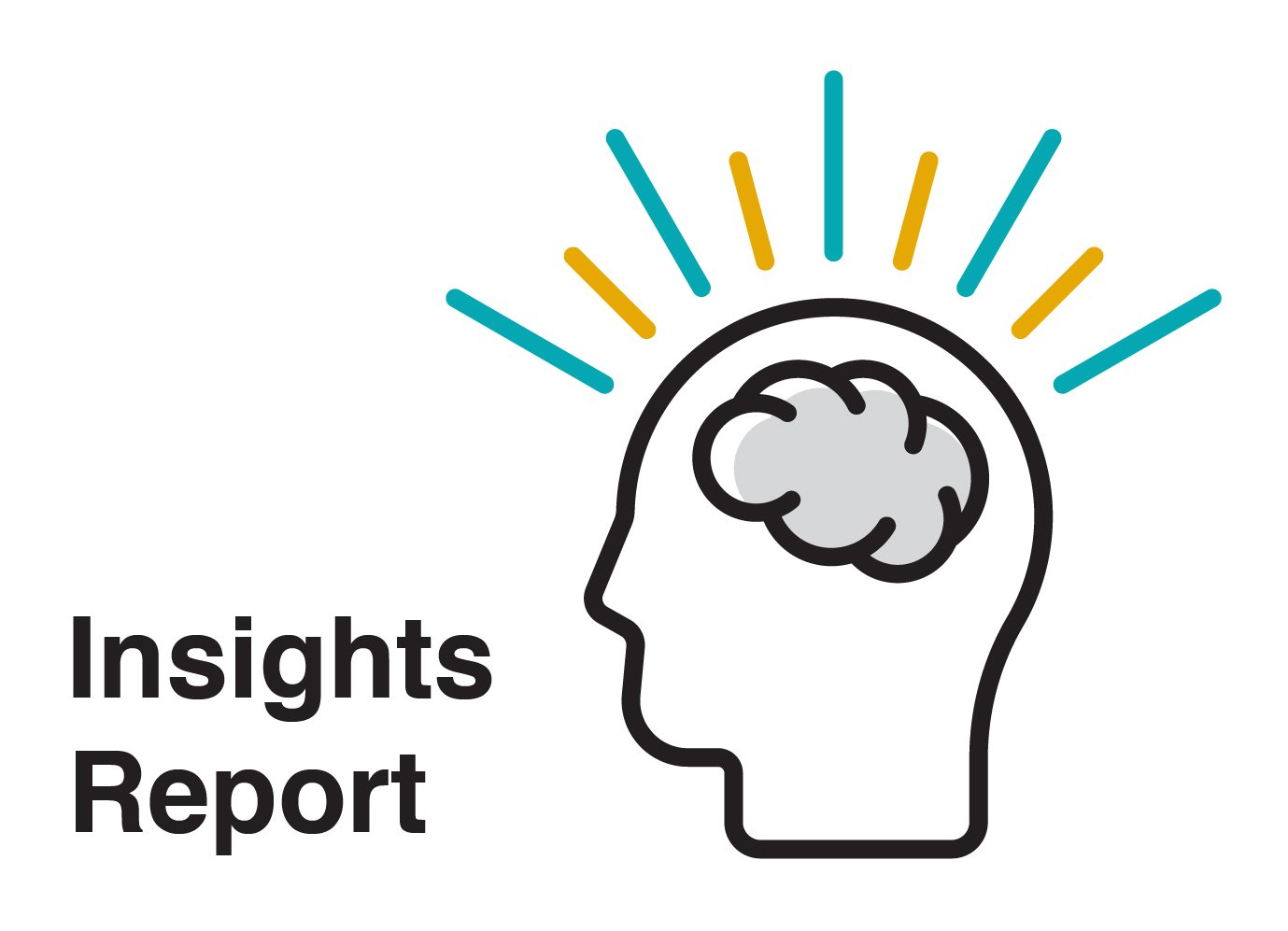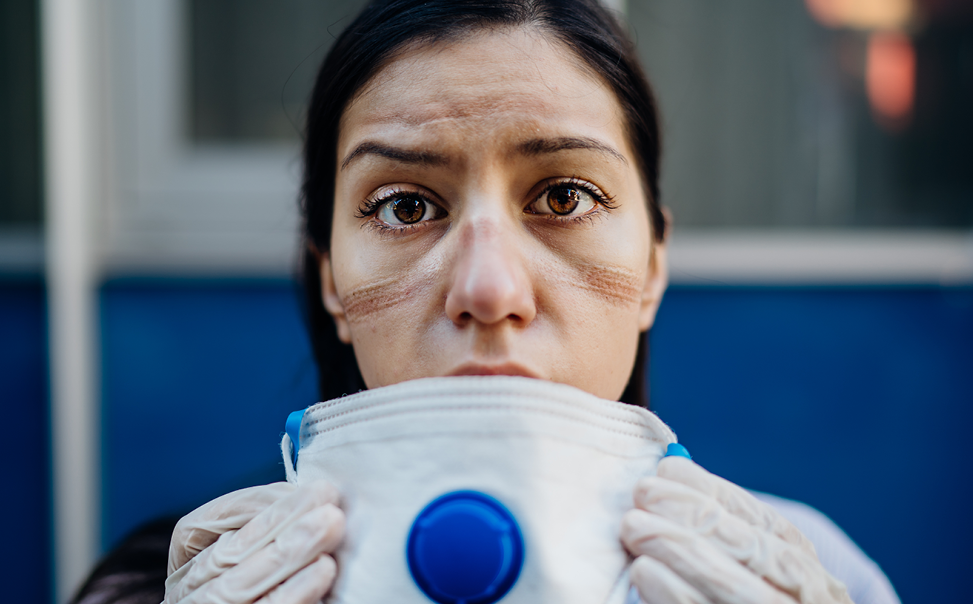AMA Members Urge Congress To Support Telehealth and Keep Patients Connected to Care – American Medical Association
AMA member and family physician Adrian Villarreal, DO, commented on the importance of equitable telehealth access:
“Not every patient encounter can be conducted via telehealth. That being said, your ability to be there for somebody to let them know you are present, you are listening, and you are there for them gives the patients the care they are looking for. The COVID-19 pandemic made clear the need for telehealth services, but also highlighted that these services must be provided in an equitable manner.”
The priority legislation endorsed by AMA includes:
- The Telehealth Modernization Act of 2021 (HR 1332) and the CONNECT for Health Act of 2021 (S 1512) would expand telehealth access under Medicare.
- The “Telemental Health Care Access Act (H.R. 4058/S. 2061) would repeal certain in-person requirements on accessing Medicare telemental health services.
Older, Rural Medicare Beneficiaries Less Likely to Have Used Telehealth During Pandemic –mHealth Intelligence
The Journal of Patient Experience recently published a study that revealed Medicare beneficiaries in accountable care organizations (ACOs) were less likely to use telehealth during the COVID pandemic if they were older or lived in rural areas.
- How it worked: Researchers looked at Medicare claims at an ACO in Wisconsin and compared pre-pandemic telehealth and in-person utilization to during the pandemic.
- What they found:
- Beneficiaries who used telehealth were more likely to be younger and live in urban rather than rural areas.
- Overall, beneficiaries who were 86 years or older were less likely to have used telehealth during the pandemic.
- Why it happens: Seniors may have lower digital literacy levels, making it difficult to take advantage of telehealth. Additionally, patients in rural areas may have limited access to reliable internet services.
EMS Personnel Remain Widely Locked Out of Electronic Health Records – STAT
Emergency medics often operate separately from health systems and typically are not able to use their information architecture. This means they can’t access a patient’s medical history when they arrive on scene, even though the information could help make time-sensitive, lifesaving decisions.
Why it matters: EMS staff don’t get to learn the final patient outcomes that follow their decision-making, leaving them to cope with unresolved trauma and depriving them of affirmation that their work matters.
Opportunity for change: Recently, some health information exchanges (HIEs) have allowed EMS agencies to access lab results, radiology reporting, and clinical care summaries. However, this is still more of an exception than the rule.
Report: Virtual Care as Good as In-Person for Many Conditions –U.S. News & World Report
In a report from the Annals of internal Medicine, researchers found that replacing office visits with video checkups delivered results that were just as effective for patients with certain conditions.
Key findings from lead researcher Jordan Albritton, a public health analyst with RTI International:
- “In general, the evidence shows that using video teleconferencing in healthcare results in outcomes that are just as good and, in some cases, better than in-person care.”
- “The takeaway is not that you never need to see your doctor in person. The takeaway is that for the conditions being studied here, it does seem like using video teleconferencing is as good or as better in some instances that doing it in person.”
Kaspersky Study Finds Legacy Equipment Is Putting Telehealth Consumers’ Data at Risk - Nextgov
Main findings:
- A large majority – 73 percent – of healthcare workers use equipment with legacy operating systems that pose potential security risks.
- About 33 percent say patient data was compromised during telehealth sessions in 2021.
- More than half of telehealth practitioners rely on third party communications services that aren’t always secure, and home devices like smart speakers are magnifying the risks.
The Department of Health and Human Services weighs in:
“Covered health care providers may use popular applications that allow for video chats, including Apple FaceTime, Facebook Messenger video chat, Google Hangouts video, Zoom, or Skype, to provide telehealth without risk that [the Office of Civil Rights] might seek to impose a penalty for noncompliance with the HIPAA Rules related to the good faith provision of telehealth during the COVID-19 nationwide public health emergency.”



